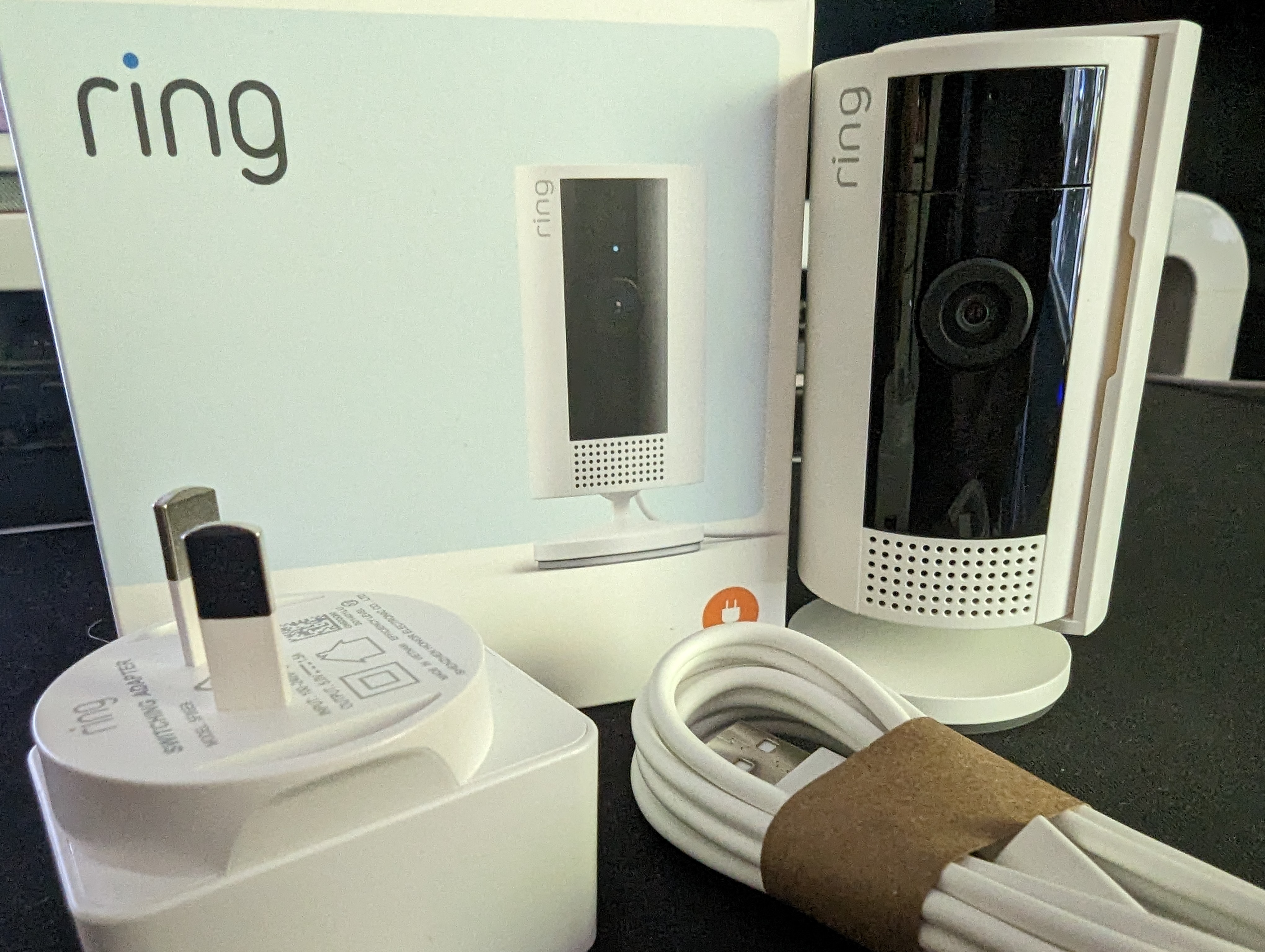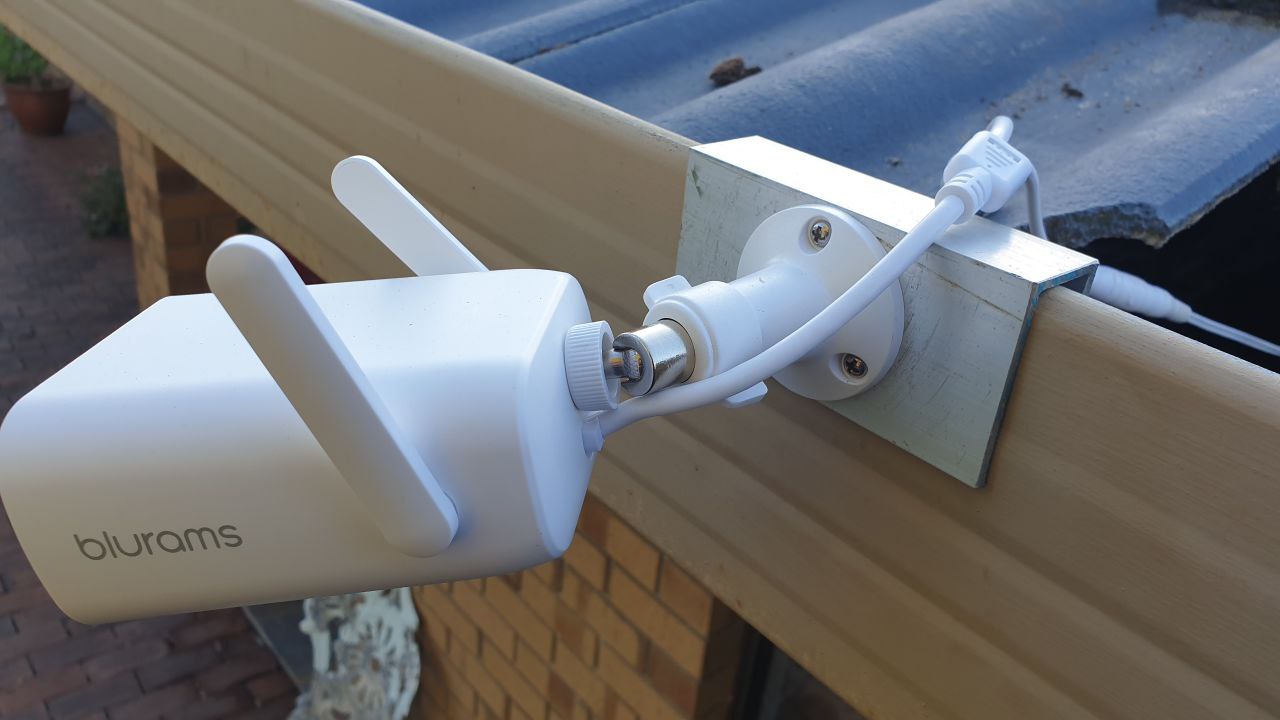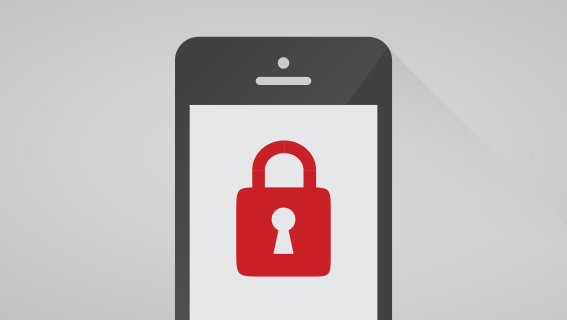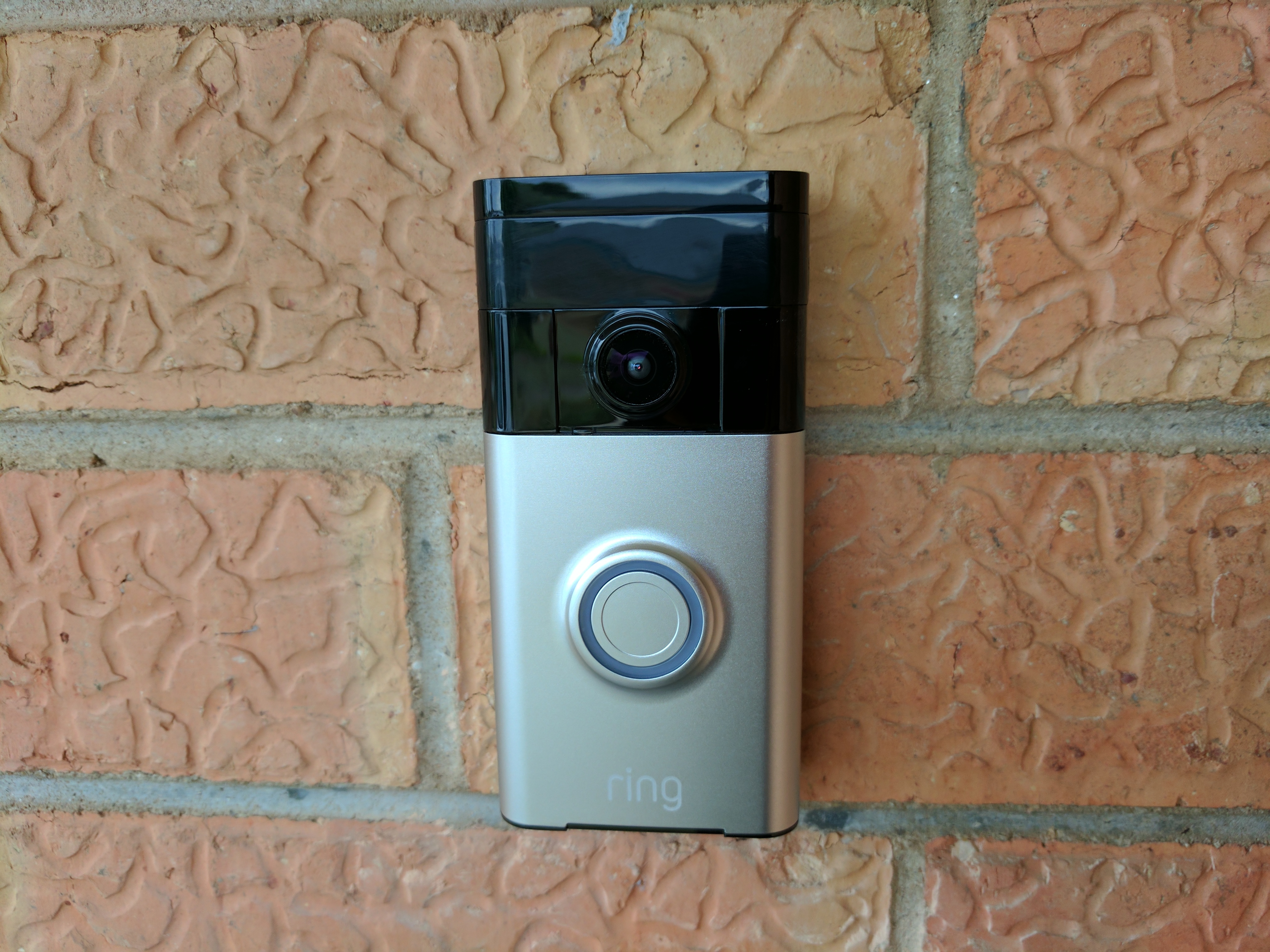Like many people who’ve invested in smart home equipment, I’ve got a few different brands of gear about, and while Matter is finally “here”, manufacturers haven’t yet made everything just work. So there are still decisions to be made by just about anyone who wants to take their smart home further.
Personally, I’ve dabbled over the years with multiple systems, including subscriptions, and it’s cost a ton of money over that time. After the continued costs and evaluation of my experiences, I’ve decided to go all-in on Ring for my security cameras; for now a least. Not because there are specific problems with other brands I want to avoid, it was a tough decision, particularly with the quality of Arlo equipment. In the end, I felt that Ring was offering the best range — battery, solar and hard-wired — of cameras, the best-integrated experience at this time, and longer-term value for money.
Are lesser-known brands and start-ups worth the risk?
We’ve had the opportunity to review so many brands over the years at Ausdroid, from Ring to Arlo, Swann, Reolink, eufy and other lesser-known brands like Bluerams. Each has some really good offerings with feature sets appropriate to the cost of the devices.
There are risks involved with purchases, though, which pose further questions:
- Start ups can fail, leaving you without the support you may need, no updates and often a security risk; just a different one — network security vs physical — to that which you’re trying to eliminate, costing further money to replace them.
- Lesser known brands often don’t have the level of support and customer service that the likes of Arlo, Ring and Swann do.
- If you’re just starting up your home security setup, is the brand you’re purchasing going to continue to release new products that keep up with technology and emerging trends?
You might save a fairly significant amount of money with smaller brands, and you may well hit the mark you’re looking for. Don’t let me dissuade you from going with those brands and solutions; These are considerations I’ve made for now and the future.
Features, Subscriptions and Costs
There’s a value-for-money factor involved in many users purchasing decisions. Individual cameras are available for under a hundred dollars each, through to hardwired floodlight cameras costing nearly $400.00 per unit. The immediate saving, while pleasant on your wallet, may leave you with buyer’s remorse for missing features or increased ongoing costs in the long run.
That increase can be subtle in a per-camera subscription or even a slightly increased monthly cost, but it’s often necessary to utilise the full feature set. In the case of Ring Protect, you get several features (such as some mentioned in the Ring Spotlight Cam Pro review) that aren’t available without a subscription.
I understand why, but it is frustrating to have cameras capable of smart detection and not have that functionality if you don’t pay for the subscription. I love the detection zones and smart (vehicle, person, pet and package) detection, which prevents false movement notifications every time the wind makes a tree move.
I already have six ring devices around my home, $15 a month isn’t a huge ask to increase the functionality of the cameras and security for my home. It’s only a couple of dollars cheaper than the Arlo Secure plan, but it’s also adding to the value of Ring with its range of cameras.
Side by side the two subscription models are very similar:
- Adding rich notifications
- Allowing person, pet, package and vehicle detection
- Adding cloud recording for motion events
- Adding capability to set detection zones, reducing false notifications
- Providing discounts on the respective manufacturers website for further hardware
With the added features from subscription, it’s well worth the money if you’re looking to invest in your home security.
Compatibility: Some systems are designed to work together
There’s a pile of cameras out there that integrate pretty well with Google Assistant (including Nest Hub) and Echo Show screens. There are also plenty out there that have issues or no integrations set up at all, leaving users with security cameras that don’t meet their needs or expectations and smart screens that potentially aren’t providing much “smart” to the home.
It’s a bit of a closed approach, but the integration between Ring and Amazon Alexa is one of the best I’ve used in that it just works; as explored when I wrote an Alexa vs Assistant series. Once you enable the Ring skills and link your Ring account in Alexa, there is automation you can utilise that is really useful.
What tipped me over the edge towards Alexa screens was Google stopping updates to third-party displays. I know that’s not a huge deal for many people, but for someone who has these, it’s annoying to know that you’re likely to miss out on future features, and it has the potential to cost money in the long run.
Of course, other camera brands just work too; but this particular match works so well for me and has an integration into Home Assistant that works very well too. Although to have live viewing in Home Assistant, you’ll need a permanently powered PoE camera that’s ONVIF compliant.
The Ring “hacks”
I’m not going to waste too many words on this, but it’s important to acknowledge simply because so many people are aware of the “hacks” that have occurred.
The short story from multiple sources is that already compromised or poor-quality passwords e.g. “password123”, were used to access Ring accounts. This reinforces just how important it is to not only set individual passwords for different accounts but adhere to other best practices when it comes to passwords, including enabling 2FA (Two-factor authentication) to prevent brute force attacks on your accounts.
Taking that a step further, many password managers have the capability to monitor when accounts are compromised, prompting, often assisting you to take the necessary action.
The takeaway message here is to use the resources available to you to protect your online accounts and your privacy.
So Ring has and will continue to get my money for now…
This is a decision I’ve struggled with for several years, and while I truly do love Arlo equipment, it makes more sense to have a single brand of cameras. It reduces the number of apps on my phone, it removes the potential need (aka temptation) to get a second subscription simply to get the extra features and, with a reputable brand like Ring, I’ve got the peace of mind for future support.
Without looking at — my callout rates are pretty reasonable — individual premises and situations, I can’t definitively say that Ring is the right solution for every need. But I can honestly say that my experience with Ring cameras and the ecosystem has been very good right from the first generation video doorbell.
This is not sponsored content: It has been written based on experiences with multiple camera brands over time. To support this article, Ring has provided access to Ring Protect Plus which will be renewed at personal cost.









